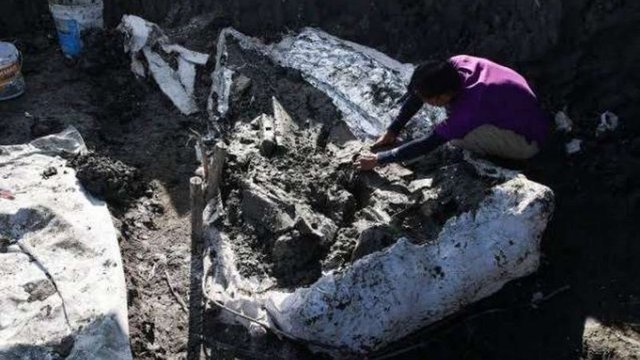ARCHEOLOGISTS MAKE HISTORICAL DISCOVERIES IN ANCIENT CHINA CITY Remains of wells, pools, roads, moats and pieces of ceramics, porcelain, iron and bronze of at least 2,200 years were found

Excavations in Guangzhou, the capital of southern China's Guangdong province, have revealed a historic discovery for the region. The researchers unearthed at least 2,500 pieces of important structures and objects, which date back at least 2,200 years ago.
According to archaeologists at the Guangzhou Municipal Institute of Cultural Heritage and Archeology, the cultural relics discovered are mainly ceramic, porcelain, bronze and iron artifacts. Most date from the period between the Han Dynasty, which occurred between 202 BC and AD 220, until the beginning of the 20th century.
In addition, traces of 196 moats, 57 wells, 43 pools and three roads were identified. For experts, this indicates that the site in question was an important point in the old city, probably functioning as a commercial center for at least a thousand years.
"The results of the excavation are of great importance for understanding the historical and geographical changes in Guangzhou's urban areas," said Cheng Hao, a member of the Guangzhou Municipal Institute of Cultural Heritage and Archeology.
About archeology
Millennial archaeological discoveries always impress, because, in addition to revealing priceless objects, they also, in a way, teach us about how such studied society developed and consolidated throughout history.